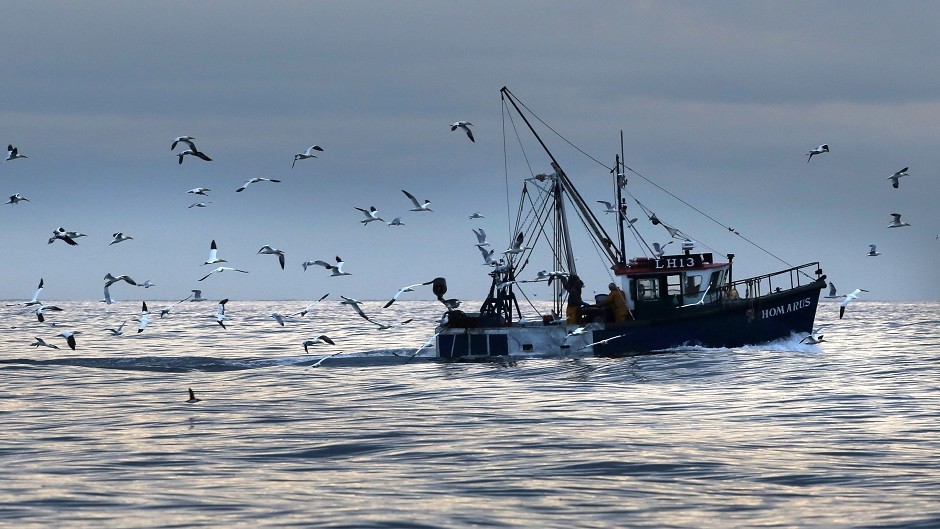Two north-east white-fish boats are the first in Scotland to become certified under the revamped Responsible Fishing Scheme (RFS).
They are the Peterhead-based Ocean Harvest and Harvester, skippered by brothers Brian and John Stephen from Boddam.
The pair were in the previous RFS, a voluntary vessel-based programme certifying high standards of crew welfare and responsible catching practices.
Both are members of the Scottish White Fish Producers’ Association (SWFPA), which funded their applications under the revamped scheme.
Each will hold the certification for two years and participate in annual checks to ensure the standard is adhered to.
A key revision to the programme, run by seafood industry body Seafish, is a greater focus on crew welfare – following slavery issues reported in the supply chain – and general health and safety on board vessels.
John Stephen said: “The addition of a focus on health, safety and working conditions means our qualification under the scheme both reassures our crew and lets Brian and I know that we are doing everything within our power to have the safest voyages possible.”
SWFPA inshore and environmental policy co-ordinator Anne-Margaret Anderson said: “It is important that skippers are able to demonstrate that as well as taking a responsible attitude to the environment and sustainable fishing they adhere to best practice when it comes to crew and conditions on board, and the RFS enables them to do that.”
RFS was first launched by Seafish in 2006 and was one of the first initiatives allowing vessel owners and the supply chain to demonstrate their compliance with industry best practice and a commitment to responsibly sourced seafood.
A range of seafood buyers have already backed the new scheme and committed to supporting its development.
